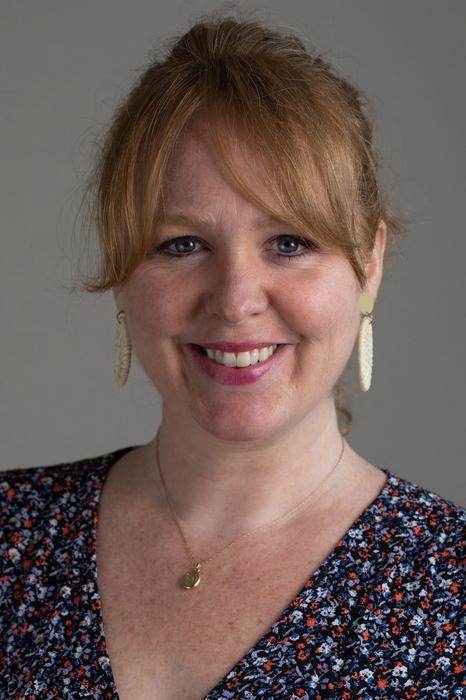Rice University climate scientist Sylvia Dee has won a National Science Foundation CAREER Award, the agency’s most prestigious early career honor.

Credit: Photo courtesy of Rice University.
Rice University climate scientist Sylvia Dee has won a National Science Foundation CAREER Award, the agency’s most prestigious early career honor.
The award includes a five-year research grant for Dee, an assistant professor of Earth, environmental and planetary sciences who joined Rice’s Wiess School of Natural Sciences in 2018.
CAREER Awards recognize young scientists whom NSF believes “have the potential to serve as academic role models in research and education.” Only about 500 of the awards are given annually across all academic disciplines. Dee’s is Rice’s eighth CAREER Award of 2024 .
Her research centers on Earth’s hydrologic cycle — the continuous exchange of water between land, oceans and atmosphere — using new tools to better understand past and present climate change and to improve climate-model projections of future water-related phenomena like droughts and floods.
“The rapid warming of Earth’s atmosphere is increasing the frequency, volatility and severity of water-related extremes,” Dee said. “But uncertainties in the hydrological projections from climate models are still so large that it is difficult for communities to assess and reduce risks.”
Dee’s CAREER research will address critical gaps in the observational record, understanding and modeling of the hydrological cycle by building a global database of observations of water isotopes, molecules of water that contain heavy isotopes of oxygen and hydrogen.
For example, about 1 in 2,000 oxygen atoms contain two extra neutrons, and 1 in 6,700 hydrogen atoms contain one extra neutron. Water molecules containing heavy isotopes are slightly heavier than typical water molecules, and the extra mass affects their behavior.
“Heavier water isotopes evaporate more sluggishly and condense more readily than ordinary water, and the differences in evaporation and condensation depend on temperature,” Dee said.
Because of that temperature dependence, when Earth’s climate cools or warms, those changes in temperature are marked by changes in the ratio of heavy isotopes in water molecules throughout the water cycle.
“Those ratios provide unique and integrative ‘fingerprints’ of moisture source, transport and convection,” Dee said. “These processes ultimately control extreme rainfall and drought events and can be explicitly tracked and modeled in future climates.”
Scientists routinely measure isotopic concentrations in rainfall, atmospheric water vapor and drilled ice cores that have preserved the climatic conditions of snow and rainfall for hundreds or thousands of years. Water isotope ratios from rainfall can also be physically preserved in waterless fossils, including tree rings, lake-bottom sediments, the limestone skeletons of coral reefs and stalactites and stalagmites in limestone caves.
Dee’s lab will create a research data platform called Water Isotopes and Climate Network, or WISONet, to provide the climate research community with seamless access to both modern observations of isotopic ratios in atmospheric water vapor and rainfall and observations of isotopic ratios from a repository of fossil data called Iso2k that covers the past 2,000 years.
To improve climate modeling, Dee’s project supports a coordinated effort by the climate modeling community known as SWING3 , short for Stable Water Isotope Intercomparison Group phase 3, which aims to generate a database of simulations from isotope-enabled models.



